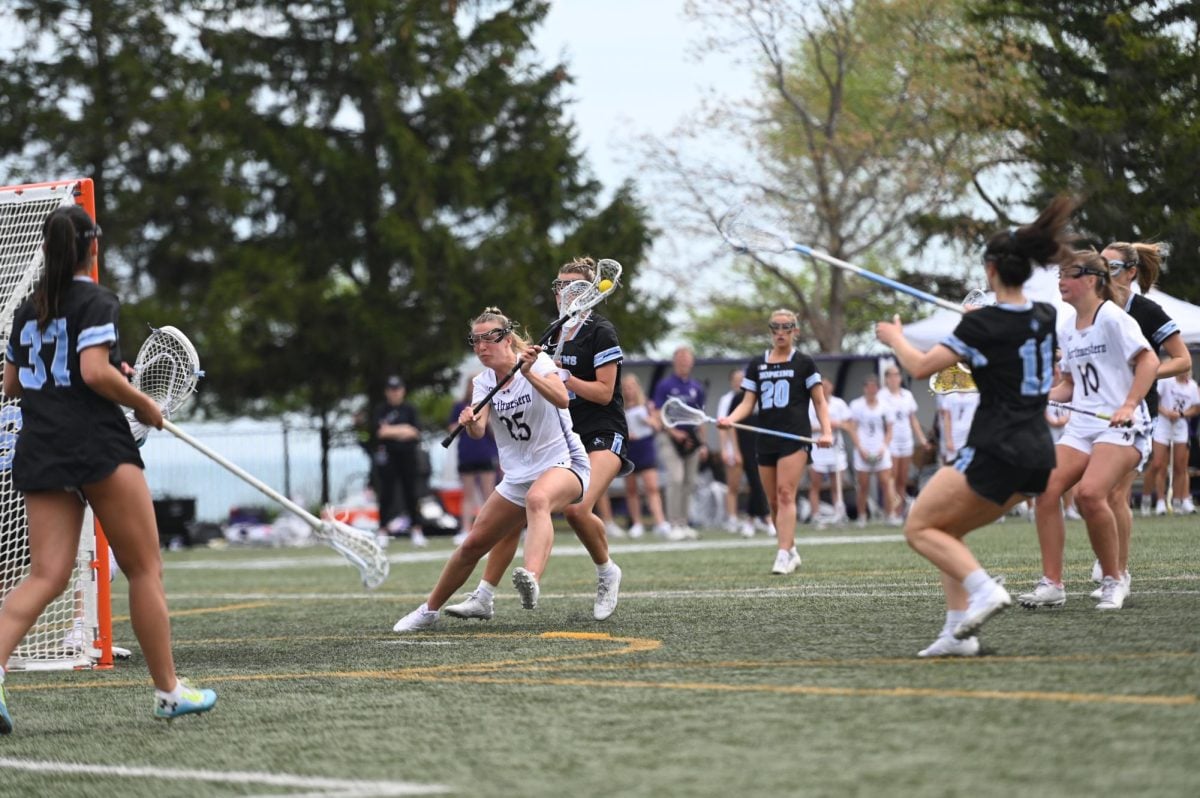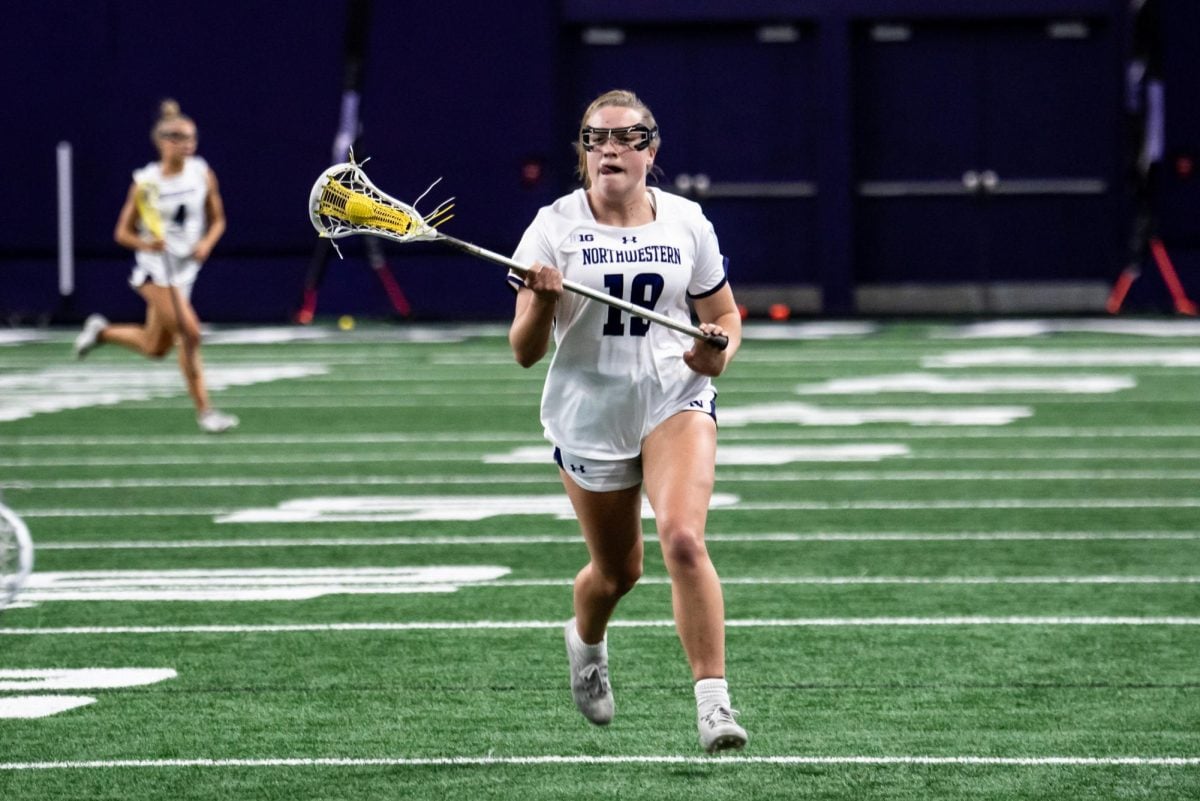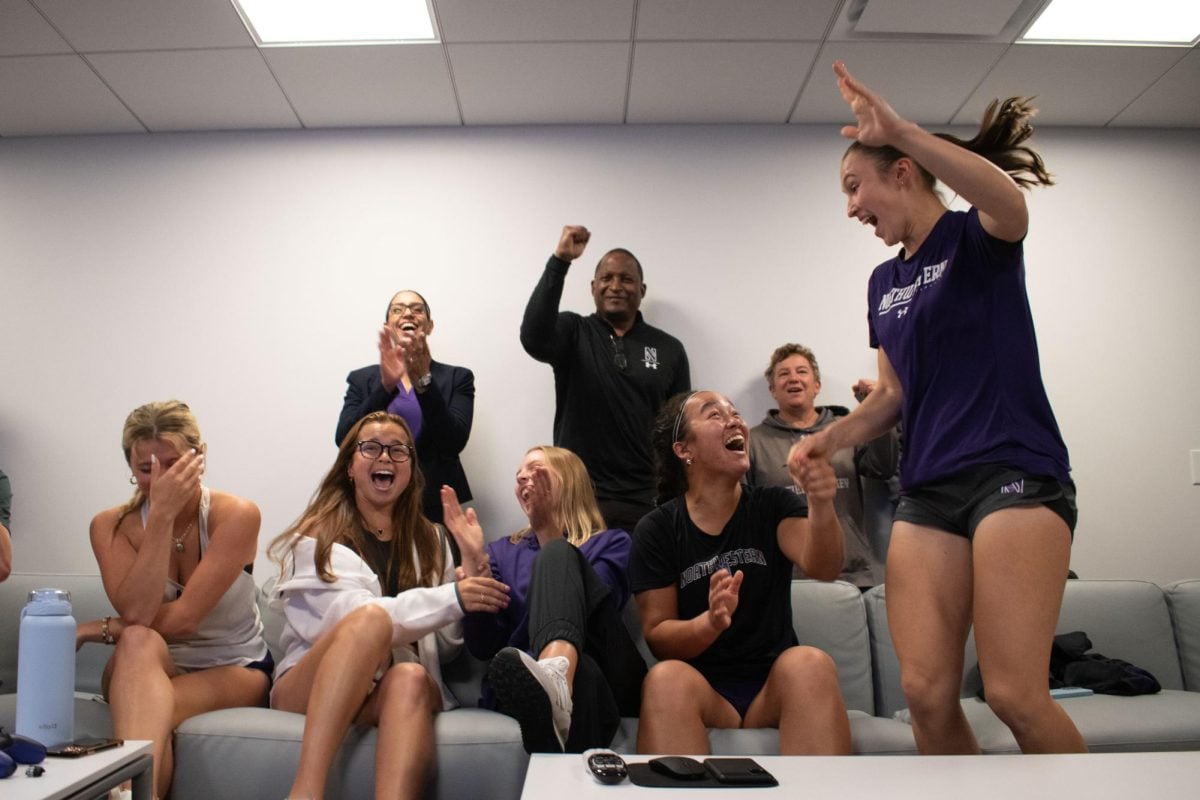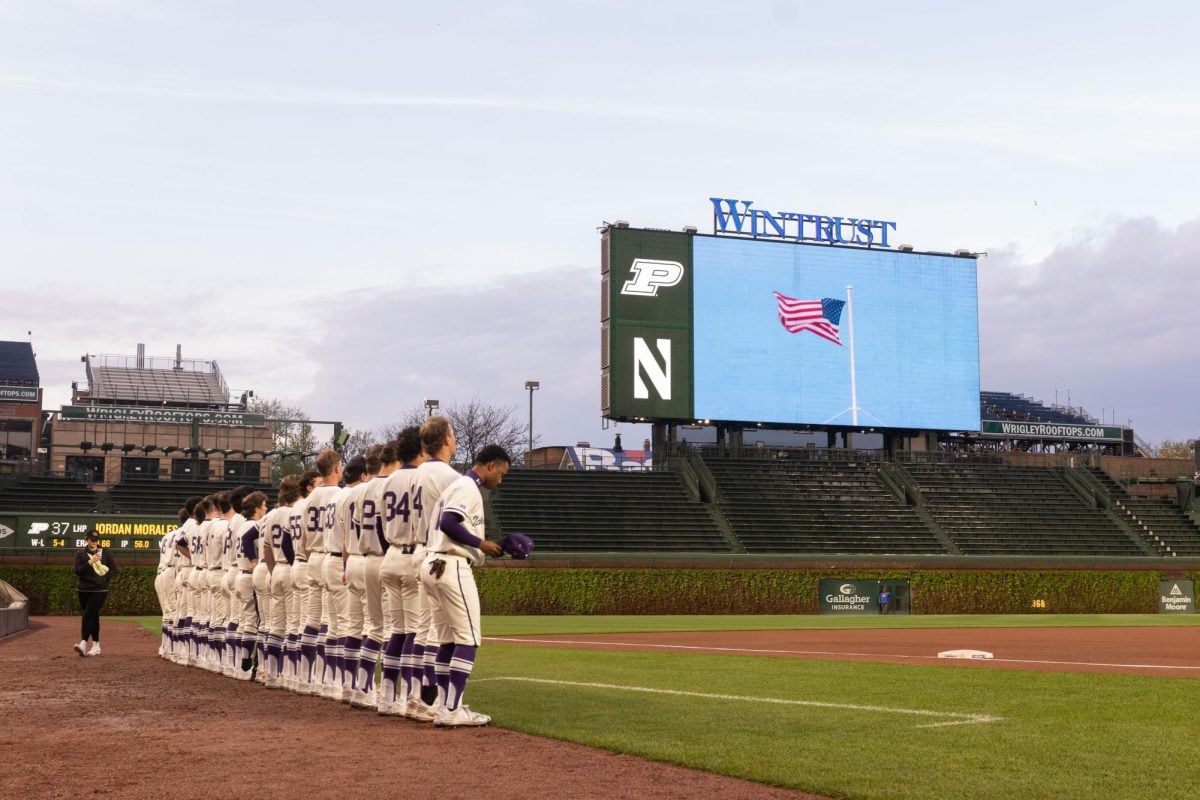When Northwestern plays at Minnesota tonight, it will mark the second time in a four-game stretch that the Cats will face a top-25 opponent. Intimidating under any circumstance, this schedule looks particularly treacherous in light of Sunday’s blowout loss to Wisconsin at home. Needless to say, NU will not be favored in any game in this period.
“We came out and just never stopped them,” coach Bill Carmody said after the loss to Wisconsin. “(Wisconsin) got the shots they wanted, no matter what defense we were playing, and they felt comfortable every time down the court.”
As an underdog, all NU can hope for is that things don’t go according to plan – for anyone. The key to an upset is consistency or, more precisely, a lack of it. If NU and its opponents play average games, then the Cats will, in all likelihood, lose. Deviations from what’s expected are NU’s greatest shot at an upset.
Basketball analyst Dean Oliver offers one way to think about how upsets happen in his 2005 book “Basketball on Paper.” Suppose a team’s average offensive performance lies at the center of a probability distribution, like the bell curve distribution used in assigning grades. The average performance is at the peak of the distribution, typically a B- on the grading distribution. The right tail of the distribution, an A on a bell curve, is where a team’s best offensive games reside. The left tail of the distribution – think a C and below – is home to poor offensive performances like NU’s last outing against Wisconsin.
A consistent team has more performances clustered at the center of the distribution, near its average. An inconsistent team has a wider range of performances, at times either much better or worse than average.
When playing highly ranked teams, underdogs want to pursue strategies that ultimately lead to unexpectedly good games for them and poorer than average games from their opponents.
Of the strategies Oliver suggests, one is readily visible in Northwestern’s game plan: encouraging opponents to shoot 3-pointers. As a riskier than normal shot, it hurts more when the opponent makes it. But ideally, an upset-minded team forces their highly ranked opponent to take, and miss, risky 3-point shots. Either way, shooting a higher-than-average number of threes is likely to lead to an inconsistent outcome.
Over the past two years Northwestern has had eight wins over teams ranked in the top-50 by Kenpom.com. In these upsets it appears this strategy played some role. The evidence for this is relatively tenuous because of the small sample, but in those wins NU’s opponents shot, on average, 11 percent more threes as a percentage of their total field goal attempts than they ordinarily did.
NU’s 1-3-1 zone routinely encourages this type of behavior, upset bid or not, but in the upset wins, the higher-ranked teams still shot 4 percent more threes than other teams typically shot against NU during the same span.
This approach looks smart when it coincides with an upset win, but it doesn’t always produce ideal results. Opponents have to miss those outside shots. Look no further than Sunday’s loss.
Wisconsin shot more threes than usual. Forty-six percent of their total shot attempts came from beyond the arc. This is 5 percent higher than the Badgers’ season average and 12 percent more than NU allows on average.
The result was certainly inconsistent, but the wrong kind of inconsistency for NU. Hot shooting plus NU’s inability to secure defensive rebounds allowed Wisconsin to put up 155.2 points per hundred possessions on offense, the worst defensive performance by the Cats since at least the 2003-04 season.
Wisconsin guard Jordan Taylor said it best.
“To be honest, I don’t think we were even looking at the shot clock today, ” Taylor said. “We were just taking good shots. We were just trying to do the same thing to them with the shot clock except make them take tough shots, and we did that to them.”
NU hasn’t managed an upset win this season. Whether it’s slowing the pace, shooting more threes or encouraging opponents to do the same, the Cats need to pursue strategies to produce inconsistent outcomes to get a win over the next three outings. A few A+ games on offense wouldn’t hurt either.







